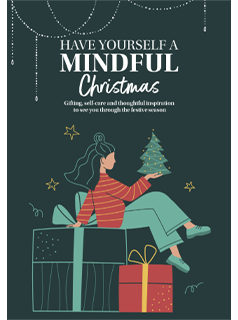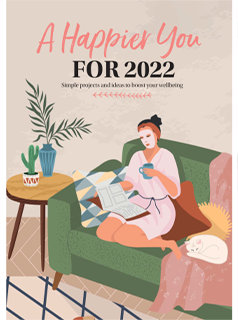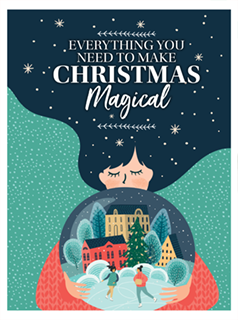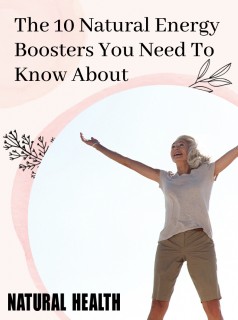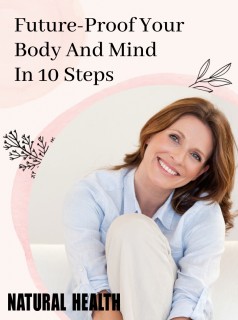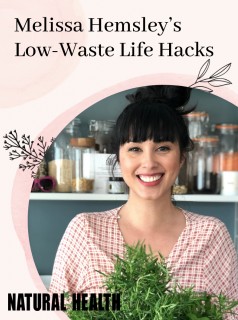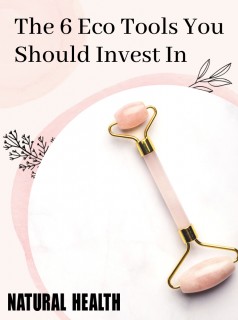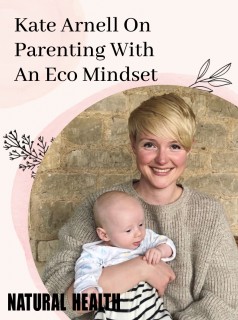Our columnist Jayney Goddard talks about dealing with pain that just won’t go away
Living with chronic, unrelenting pain is an often overlooked health condition, but it has the potential for devastating health consequences. While we think of pain as being predominantly physical in origin, there is, without doubt, a vast psycho-emotional component to it. This is good news; it means that there is so much that we can do to develop coping mechanisms to deal with some of the side effects of chronic pain. Firstly, however, we need to differentiate between two types of pain: acute and chronic:
Acute pain has a short duration and is a signal to us that something is wrong; it serves an important purpose as it stops us from injuring a body-part further. For example, it will stop us walking on a sprained ankle, allowing it time to heal. Chronic pain, conversely, is long-lasting, with potentially no end in sight. If it derives from actual physical damage to bones, joints, nerves, muscles or internal organs, it may be deemed ‘incurable’ in conventional medical terms.
Lifestyle strategies that really make a difference:
Exercise
This may sound counter-intuitive. Let’s be honest, when we are experiencing chronic pain, the last thing we actually want to do is to move around. However, the NHS website tells us to walk, swim, use an exercise bike, dance, do yoga or Pilates. I think it is correct, but desperately underestimates the scope of intense chronic pain, which renders these activities virtually impossible for many people.
We all have a natural desire to maintain our comfort levels, and we may feel that movement will worsen our pain levels. This may be true in the short-term and, certainly in the case of chronic pain, when we begin to move, it can feel temporarily worse. However, many people find that if we proceed with movement, the pain will subside. Obviously, you have to ‘pick your battles’ and find solutions that work for you – but do push yourself to do just a fraction more movement than you think you can.
In pain, we are in a constant battle between our minds and bodies. Our body needs movement in order to be able to heal, but the mind is telling us not to move as it is mistaking the chronic pain for acute pain. The strategy has to be to overcome our instinct and override the incorrect messages we are being told.
For the most severe chronic pain, I have found that warm water exercise, in a bath or at a hydrotherapy unit, is one of the best strategies. There is a lot going on in a hydrotherapy session, and research studies show that distraction from pain goes a long way to minimising our experience of it. Warm water is soothing and relaxing, which also reduces our perception of the severity of the pain.
Nutrition
There is solid research that shows that pain and inflammation are increased by the production of various classes of cytokines (messenger molecules), such as TNFa and IL6. By following a whole food plant-based diet, we can decrease the production of cytokines, and therefore reduce inflammation, which ultimately diminishes pain. This way of eating ensures that we get the full array of healthy phytochemicals that we need to remain mentally, emotionally and physically healthy and balanced.
Sleep
It can be difficult to sleep when we have chronic pain, so maintaining a sleep routine is vital: a warm bath or shower before bed will help to relax you and will promote the subsequent rapid cooling off that your body needs in order to descend into sleep; no screens for an hour before bed; maintain a fully darkened bedroom. If you are easily disturbed, use ear plugs and an eye covering, and try my Yoga Nidra for Deep Sleep meditation, that you can download free over at JayneyGoddard.org .
Lifestyle tips for living well with chronic pain – The 6 PS
Below are the strategies that I have developed for my clients; I call these strategies my ‘6 Ps’. Take a look to see which you can integrate both shortand long-term.
Pacing: Go gently and do what you can, when you can; don’t make too many demands upon yourself.
Prioritising: What really needs to be done? It is OK to work to your own timetable and schedule.
Patience: Kindness towards yourself and loving patience is vital to successfully manage pain and improve perception of it.
Planning: Set yourself goals, no matter how small. Note these down and tick them off – having a plan can be therapeutic in itself.
Practise: When you live with chronic pain, you may need to relearn how to do even the most basic activities in daily life. It all takes practice – but practice brings success – and through all this you’ll notice…
Progress! When faced with seemingly insurmountable difficulties, it is easy to drift along and not notice whether or not we have made progress. Keep a diary of your progress, so you can look back and see how you have moved forward; this in itself is the encouragement we all need to make even more positive steps.
Jayney Goddard is president of the Complementary Medical Association. Find out more at the-cma.org.uk
Article by
Jayney Goddard
President of the Complementary Medical Association
is the president of the Complementary Medical Association
Discover more
Article by
Jayney Goddard
President of the Complementary Medical Association
is the president of the Complementary Medical Association
Discover more


 By Jayney Goddard
By Jayney Goddard 




